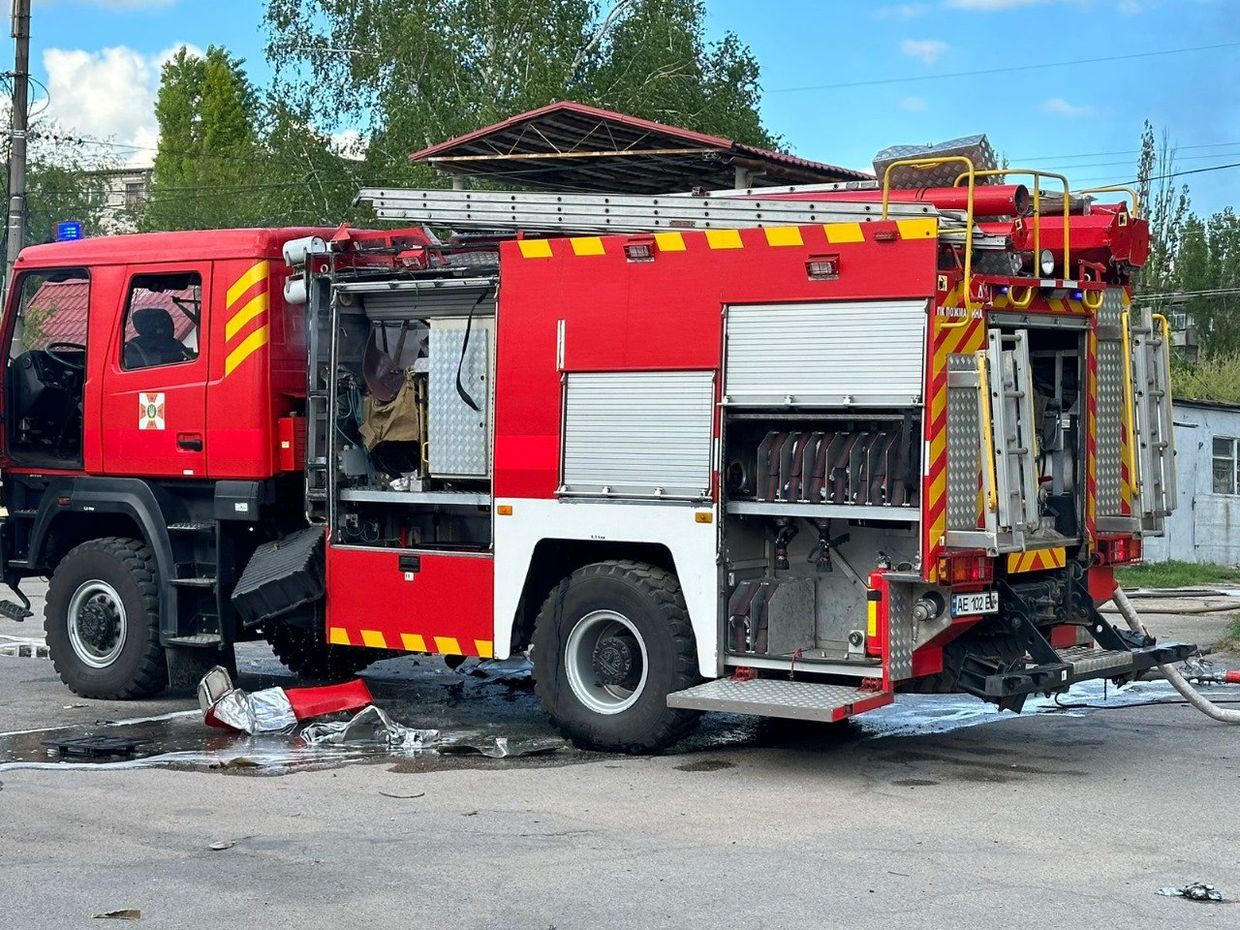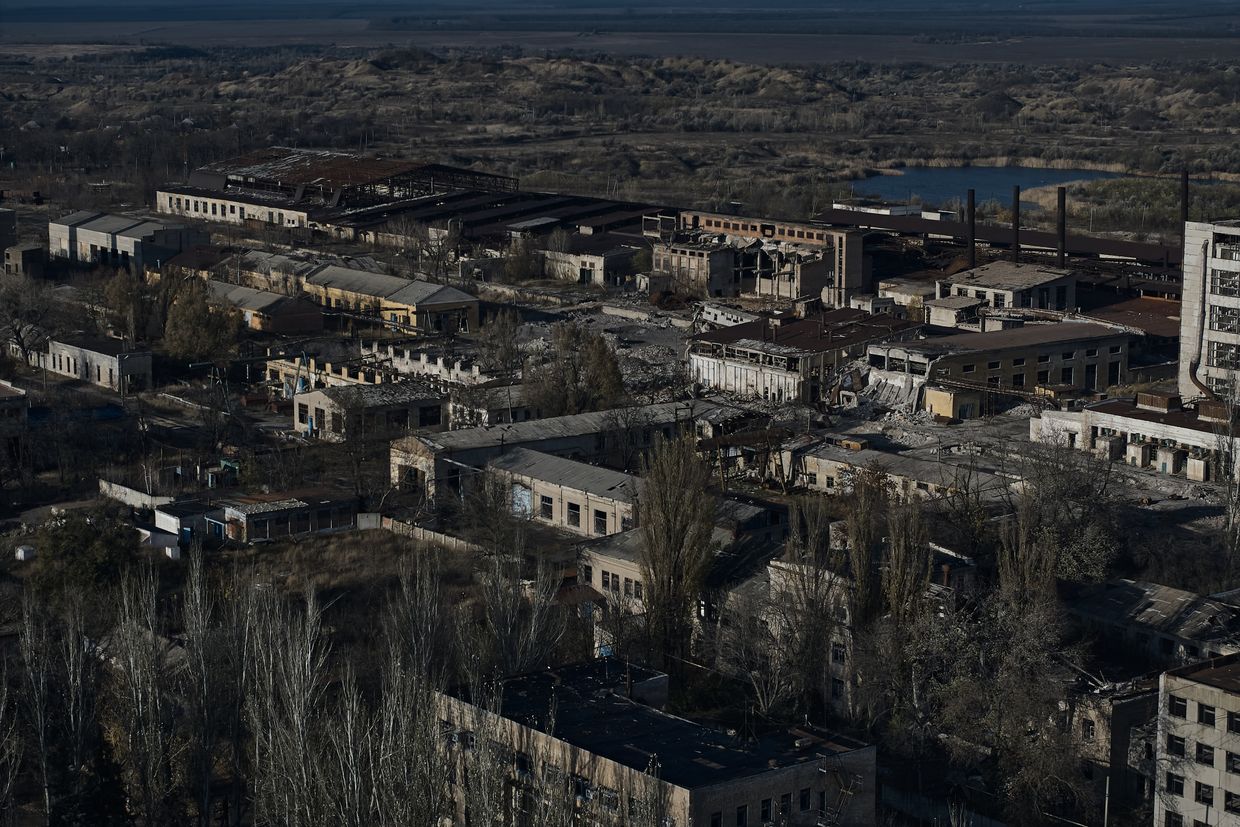A Russian drone attacked a fire truck in Nikopol in Dnipropetrovsk Oblast on April 19 just as first responders were putting out a fire from an earlier Russian attack, the State Emergency Service said.
"Fortunately, there were no casualties among the personnel," the service reported on social media.
Hundreds of Ukrainian first responders have become victims of Russia's war, namely of the so-called "double-tap" tactic. In this type of attack, an initial strike is followed by a second - with a delay - so that it can potentially wound or kill first responders.
Russia's "double-tap" attacks have killed 91 first responders and injured 348 since the start of the full-scale war, the State Emergency Service said on April 4.
Dnipropetrovsk Oblast suffered heavy Russian attacks over the past day, resulting in at least seven people killed, including two children, and 35 injured.













